One of the perks of being a Fulbrighter is getting to participate in the Fulbright Enrichment Program. DC is one of the six cities in the US where a dedicated Fulbright Enrichment Coordinator is in charge of organizing all kinds activities to enable us visiting scholars “to better experience America and to further the Fulbright Program’s goal of increasing mutual understanding between the people of the U.S. and people of other countries”.
The 2013-14 Fulbright Enrichment Year was kicked off in early October with a reception at the offices of the Institute for International Education (IIE). After numerous emails exchanged to complete the immigration paperwork, it was great to meet Fulbright program administrators from the Council for International Exchange of Scholars (CIES) in person. In addition to them, we were warmly welcomed by the representatives of the United States Department of State. The diversity of the Fulbright community and the wide spectrum of Fulbright programs became very tangible when mingling with fellow Fulbrighters. For example, I met several Humphrey fellows who are here for a very cool program consisting of non-degree academic study and related professional experiences. A special highlight of the evening was learning that there is an awesome bike trail from DC to Pittsburgh.
In the end of October, it was time for the next activity: a Symbolic Tour of Washington, D.C., a bus and walking tour around the city. Buildings, monuments and other sights looked great in the beautiful fall weather: Embassy Row, Georgetown Waterfront, the White House, Union Station, U.S. Capitol, Jefferson Memorial, and finally Lincoln Memorial. Out of the endless anecdotes that our guide shared with us, for me the most memorable ones were related to the statue of Abraham Lincoln. I learned that his hands symbolize his two opposite traits: power and strength (the closed fist), and peace and compassion (the relaxed hand). The guide also pointed out that a face is carved in the back of Lincoln’s head, potentially Robert E. Lee‘s – although the authorities do their best to bust this myth.
A few weeks later, it was time for the third adventure: a visit to the Amish communities of Lancaster, Pennsylvania. The Amish are a group of traditionalist Christian churches. Their history dates back to the 17th century Switzerland. In the early 18th century, many Amish immigrated to the US. Today, the total number of Amish is 250,000-300,000. The biggest communities live in Pennsylvania, Ohio, and Indiana. The Amish are known for simple living, plain dress, and no or limited adoption of modern conveniences and technology.
Before the trip, I felt a bit uneasy: Of course I was excited and curious to learn more about the Amish, but at the same time I was afraid that visiting them with a tour bus would feel impolite and intrusive, almost like going to a “human zoo“. During the day, I managed to convince myself that Amish people might actually appreciate a genuine desire to understand their faith, beliefs, and motivations. Our guide, a lovely retired teacher who has lived her life as a neighbor to Amish families, did a great job helping us build this understanding.
The most interesting stop of the day was at an Amish Farmhouse that now serves as a museum, surrounded by a real farm (as a consequence of which the bus smelled like goat poop for the rest of the day…). There we got to step into a one-room schoolhouse. It was fascinating to hear about the Amish approach to education: Most Amish children go to Amish schools until the age of 13-14 when they typically discontinue formal education. Thereafter children focus on working in the house, the farm, and family businesses, and learn the additional skills needed in life on the job. For Finns who are big believers in education, as well as for many Fulbrighters making a career in academia, the idea of uselessness of higher education and abstract thinking can be quite distant and thought-provoking.
Amish are often said to be reluctant to adopt modern technology. To be more exact, the main difference between Amish people and most other Americans might actually be the deliberation that takes place before deciding whether to embrace a new technology, or to which extent to embrace it. For example, most Amish are ok with using electricity, but instead of getting it from the grid, they use diesel generators and solar panels, as they want to maintain a separation from the rest of the world. That’s why Amish houses can be recognized by the absence of electric lines. (Another easy way to spot Amish houses are their unique clotheslines that are up in the air and operated with a pulley.)
Amish are also not allowed to drive cars – and also bicycles are prohibited – but they are allowed ride in cars if other people drive. Most commonly they continue to use horse-driven buggies, though, and those were a common sight on the roads of Lancaster. Amish way of life is very family-centric, and the reasoning behind all these rules and traditions is to “keep the family together”. In other words, it should not be made easy to end up far away from the family, or let anything distract family life. To read more about the Amish and their relationship with modern technology in particular, have a look at this blog post. And like always, Wikipedia is a great resource, both in English and in Finnish.
The last stop before heading back home was at one of the many Amish farmhouses that have a gift shop for tourists. When I realized they sold jam made without sugar AND without artificial sweeteners, I filled my bag with jars of strawberry-rhubarb jam, blueberry jam, and apple sauce. The biggest hit was a hot, soft pretzel, though, possibly the tastiest pretzel of my life so far – and believe me, I’ve had many, especially in Germany. My first pretzel experience in the US must have been at Auntie Anne’s in New York in 2005, so it took eight years to learn that in this country pretzels are an Amish delicacy. Without becoming a Fulbrighter I would have probably never found out that also the founder of Auntie Anne’s has an Amish background!
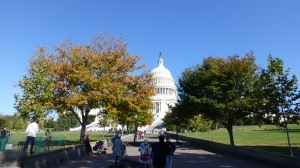
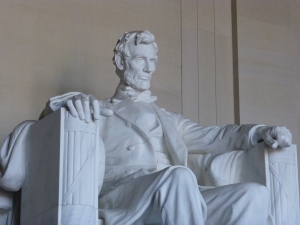
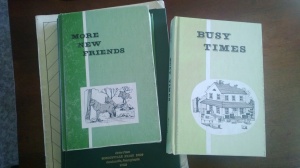
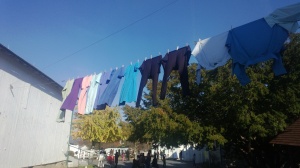
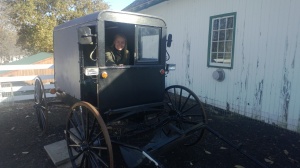
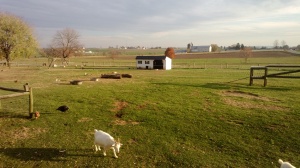
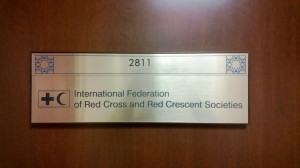
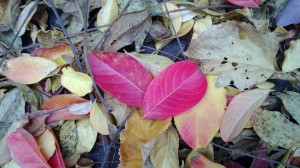
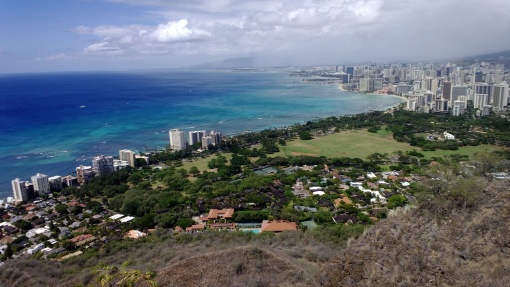
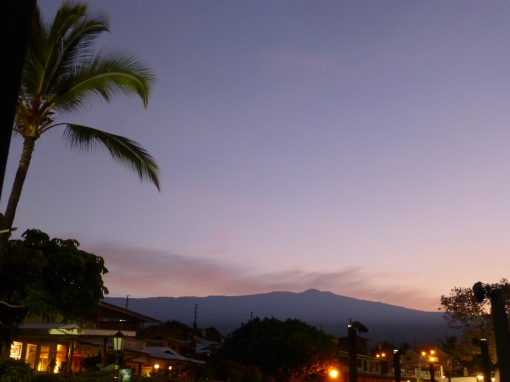
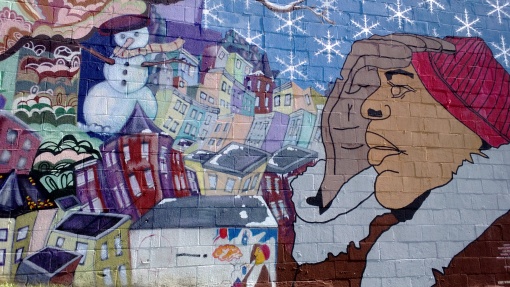

Recent Comments